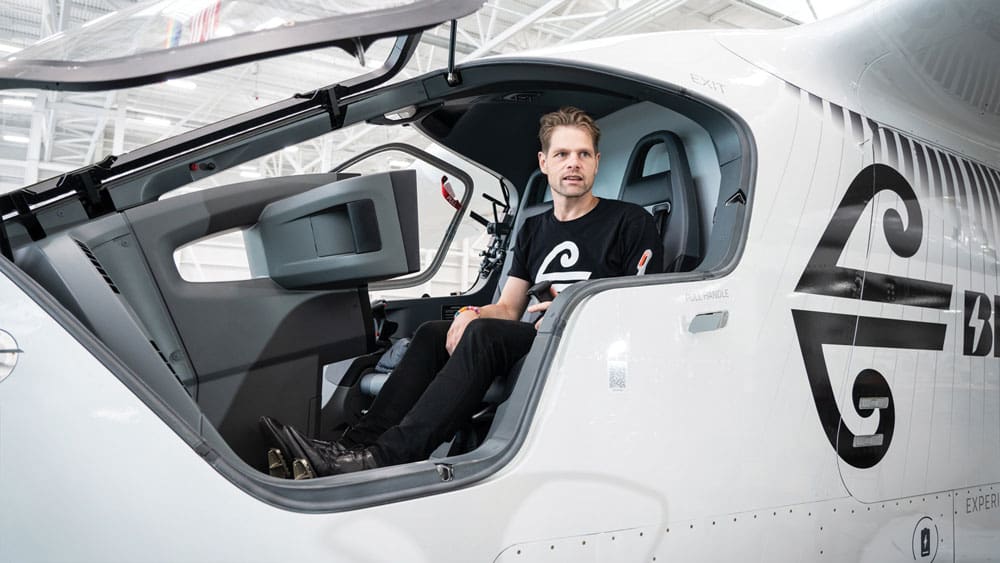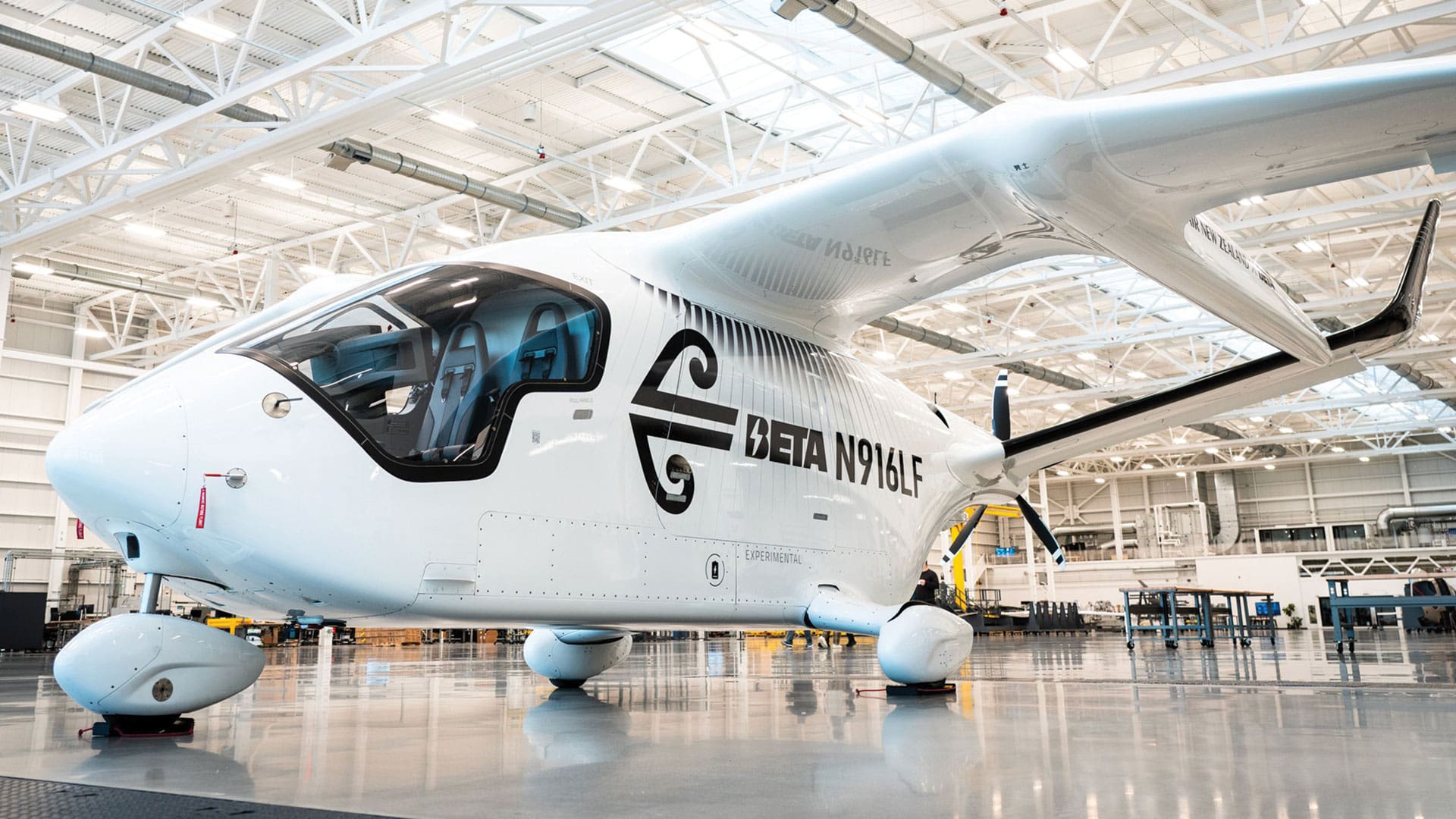It’s A Bird, It’s A Drone – No, It’s An Electric Plane!
We’ve already got electric cars, how about planes too?
A couple of years ago the Government said they wanted to decarbonise New Zealand’s transport sector and achieve net-zero emissions by 2050. Part of this was mandating government agencies to prioritise the selection of battery electric vehicles (BEVs) or plug-in hybrid electric vehicles (PHEVs) for new purchases.
Uh, does that include aircraft? The last time I checked, a plane was classified as a vehicle and they are very much involved in the transport sector too. Plus, as Air New Zealand is 52% owned by the Government, that ought to make them susceptible to internal regulatory policies as well.
So, Air New Zealand could be debuting electric planes soon? Awesome! No more stinking fuel fumes and noisy airports! The future is finally here!
Not so fast (and clean burning)
Hang on a minute… Upon getting in, Christopher Luxon’s right-leaning government took one look at the parlous state of our economy and realised drastic action was required to reboot it again. So, as part of this new ultra business-friendly attitude, out went a bunch of greenie legislation like Jacinda’s blanket ban on oil and gas exploration and in came an open door to mining companies. Plus, the previous Administration’s policies toward electric vehicles got similar treatment with the kicking into touch of the Clean Car Discount scheme.
Though Luxon’s coalition isn’t anti-environmental, they obviously see a universal uptake of electric vehicles as a ‘nice-to-have’ rather than obligatory. Concern about passing on the costs of such transitions has encouraged them to ease back on the aggressive mandates so businesses and individuals have time to slip away from internal combustion engines at their own convenience.
Charting a new electrical course
Oh… so does this mean we won’t get our cool new electric planes after all?
Not necessarily! Though there isn’t any specific current legislation demanding they upgrade from fossil fuels to electric propulsion, Air New Zealand have figured such a day will come eventually – whether enacted by laws or not. Therefore, they have decided to dip their toes into this zany new tech by trialling a new all-electric five-seater ALIA from U.S. manufacturer BETA Technologies over the next year. Initially, the ALIA will operate cargo-only flights in partnership with NZ Post, between Wellington and Marlborough airports.
If this trial kicks butt then maybe the ALIAs could eventually step in for Air New Zealand’s fleet of ageing 50-seat De Havilland Canada Dash 8 Q300 turboprop workhorses that currently prowl many of our shorter domestic routes.

The Shock of the New
‘Wha-what?! You expect me to get into an electric plane?! But what happens if it runs out of battery halfway?’
Yeah, yeah, yeah. Luddites said the same kind of stuff when electric cars first came out but once they saw all the hybrids, Teslas and BYDs appearing on the road – and making it to their destinations just fine – then their questions faded away.
Plus, the new ALIAs will be noticeably quieter and cleaner than their kerosene-fuelled contemporaries – which may not be such a big deal for jet passengers who board and disembark in comfortable oblivion via an insulated air bridge. But for those of us who get marched out on the tarmac at some of our smaller destinations like Gisborne, Taupo and Kerikeri, getting up close and personal with the scream and scalding Dash 8 engine wash is all part of the magic of air travel.
Ironing out the issues
The Luddites aren’t completely wrong when it comes to range however as current battery tech only really allows for short-haul flights of about 150km or so. It is for this reason that Air New Zealand have limited their initial trial to just the Wellington to Blenheim route – of around 150km. But, considering the amount and intensity of the focus the automotive world is presently applying to battery development, we can expect regular improvements on this subject – and soon.
A lack of appropriate infrastructure is also a problem too, so Air New Zealand are installing specialised charging equipment for the new planes at the two airports as part of this trial.
When does it all kick off?
It’s all going to happen sooner than you think too with the demonstration flights between Wellington and Blenheim due to kick off in April – with an eye to starting passenger flights proper next year. For the first six months Beta pilots will be flying alongside their Air New Zealand counterparts to help familiarise them with all the new aircraft’s operations, equipment and tech. This will be key too as electric craft are very different to their aviation-fuelled equivalents – their powertrain and cooling systems are heavier for a start. Plus, they don’t get lighter during a flight as they don’t burn off any fuel – so there’s plenty to get used to. Not surprising really as we’ve all been using the same types of aviation-fuelled planes for over 100 years!
Air New Zealand don’t always get everything right, but they certainly deserve a lot of credit for this initiative. No one was holding a gun to their head demanding they update into the 21st century – yet they went ahead and did it anyway. Contrast this with some – or is that most? – other high profile Kiwi companies who are blindly plugging away like it’s still 1974. Thanks to our national carrier’s new electric planes, maybe this time we’ll be ahead of the curve instead of lagging well behind it as usual.
We can all do our bit to help by supporting their brave new initiative instead of moaning about it too. I hear Blenheim is nice this time of year, and apparently the New Zealand Cheese Festival is back at Clos Henri Vineyard in Marlborough in October, so I guess I’ll see you there!

